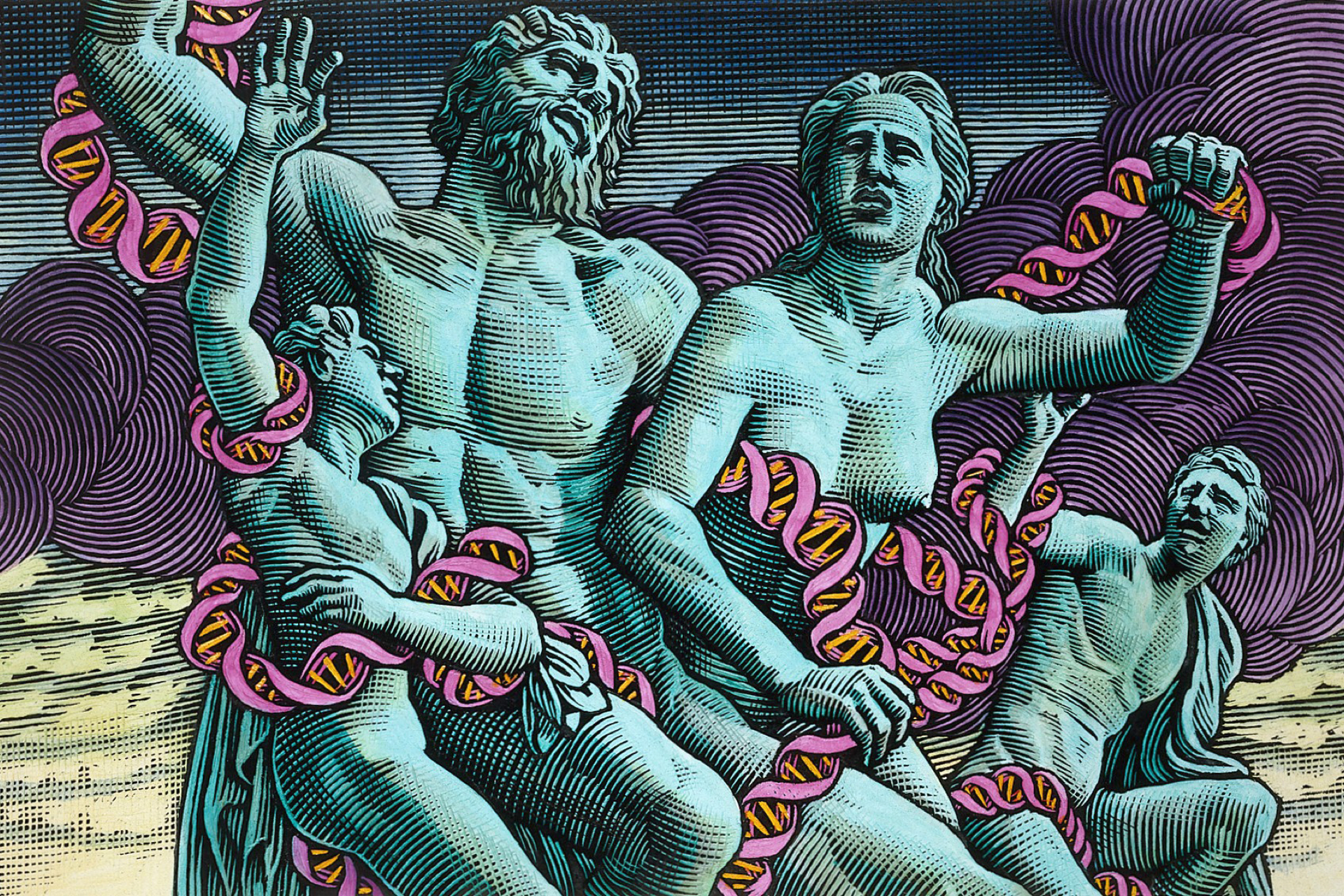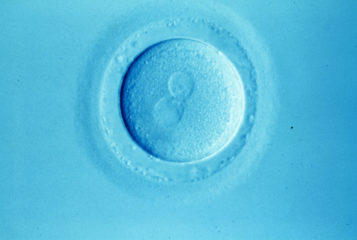The announcement, last week, in Nature online (1) that scientists at the University of Newcastle have developed a new procedure that could eventually help women with dysfunctional mitochondria (the energy source of the cell), made headline news across the world.
The new procedure consisted in removing the two pronuclei (containing the nuclear DNA from the sperm and egg from a one cell embryo (just after fertilisation) affected by dysfunctional mitochondrial diseases, and then transferring this material into a second embryo, with healthy mitochondria, which had been emptied of its own nuclear material.
A lot of hope has been expressed that the research could eventually be useful in preventing inherited mitochondrial diseases being passed on to future generations (2). Indeed, about one in 6,500 children are born each year who, because of dysfunctional mitochondria, will be affected by a serious disease, such as blindness, diabetes or fatal heart failure.
But, as with most new developments relating to embryology, a number of important ethical issues arise with this procedure which need to be examined before it is ever contemplated in clinical treatment. These include, first of all, a number of biomedical challenges that must be addressed relating to the safety and efficacy of the procedure. For example, if a very small amount of unhealthy mitochondria is, unfortunately, transferred with the new pronuclei, this could still be sufficient to disturb the biological functioning of the resultant embryo. Moreover, the technical manner in which the embryo is created (which is itself a form of cloning) may also result in a higher risk of epigenetic abnormalities in the prospective child (3).
Secondly, for the section of society which believes that human embryos may have a full or special moral status (or are prepared to give them the benefit of the doubt), a significant ethical question would arise if any human embryos are destroyed during this procedure. This is especially important since a lot of uncertainty remains concerning the manner in which we should consider eggs which have just been fertilised. For example, and in contrast to a number of countries such as Germany, UK legislation would indicate that fertilised eggs, at the pronuclear stage, should be considered as embryos. In other words, from a UK legal perspective, two embryos are destroyed in this procedure to create a third, recombined embryo with new, healthy mitochondria.
But perhaps one of the most fundamental questions which arises through this new procedure is the fact that more than two individuals are participating in the creation of human life. From this perspective, and although pronuclear DNA is extremely important in the creation of a being, it is impossible to just reduce the concept of creator parenthood to the persons who contributed to this DNA. This is because without an emptied embryo from another couple, no new life would ever have existed. Indeed, from an ethical perspective, pronuclei by themselves have no real value. They only become ethically meaningful if they are transferred into an emptied egg or embryo and left to develop.
This is very important since all those participating in the process of creating life can be considered, in some form and to varying degrees, as the 'real' creators of the creature. They may then also experience some or all the corresponding aspects of parenthood bonds and mutual belonging which arise between creators and their creatures.
A thought: if it was ever possible for a scientist to create a new life from the body parts of a number of deceased individuals, a question could then arise as to the identity of the 'real' creator parent(s) of the new individual. Indeed, several options are available varying from the scientist by himself or herself to maybe him or her sharing creator parenthood with a number of the deceased individuals corresponding, perhaps, to the amount of biological material used from the different individuals in constructing the new being.
In the case of pronuclei transfer, it is not so much the manner, as such, in which a being is created that is important (and whether DNA, cytoplasm or any other material is used) but the amount of individual participation in the creative process. A participation which could then also give rise to creator-creature (parent-child) bonds.
With natural reproduction, the 'real' creators and the nuclear DNA providers are the two same persons. However, with a number of new fertility procedures, such as the one being proposed by the Newcastle scientists, the identity of the 'real' creators becomes very complex and may vary quite considerably. Thus, a real risk exists that the future child may be confused as to the manner in which he or she understands who his or her creator parents really are.
A broad societal discussion concerning the relationship between being a creator and parenthood while trying to understand these parent-child bonds is, therefore, necessary when the creation of human life by novel means is contemplated. After all, it is because these creator-creature bonds are seen as extremely important by many couples that they are seeking fertility treatment and making sure that they have a child 'of their own'.




Leave a Reply
You must be logged in to post a comment.